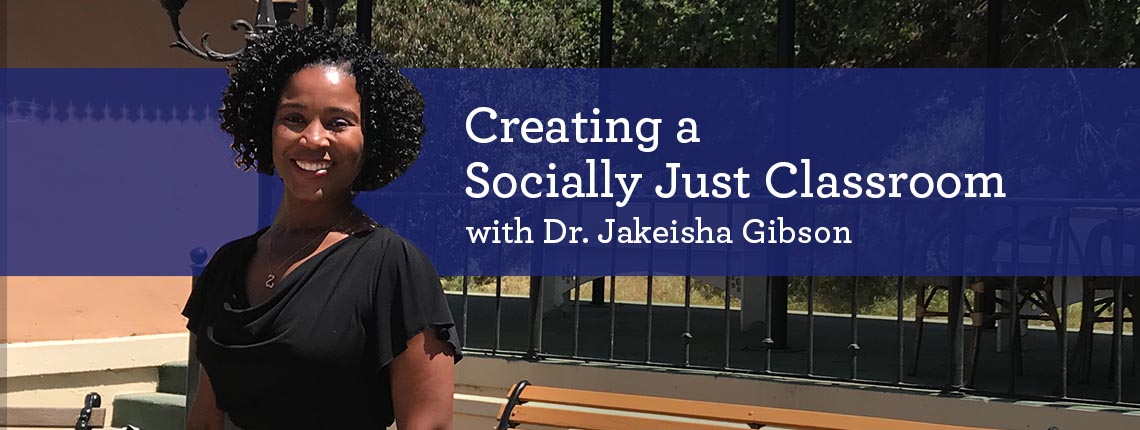The role of the teacher has changed so much in my 13 years in the profession. Teachers find themselves constantly being asked to do more with less. One of the many things teachers do is build meaningful relationships with all students. You know how the saying goes, “Kids don’t care what you know until they know you care.”
Here are a few tips on building positive relationships with your students to create a socially just classroom:
1. Create a Community
One strategy that I have used to create a community in my classroom is weekly restorative justice circles. The circle creates a safe space for all participants to share their thoughts with the group.
Our circles usually start with a check in question, like the highs and lows of your weekend. This question helps me figure out the mindset of my students. From time to time I may learn that something traumatic has happened to one of my students, so I need to chat with them privately or have other school personnel speak with the student. Knowing how my students feel helps me cater my teaching style for the day.
I use a talking piece that is usually something special to me. After I explain the talking piece, we pass it to the left because that is the side closest to your heart.
Next, I ask a community building question or other question that helps me learn more about my students. Circle time varies greatly from week to week, sometimes they are 10 minutes and sometimes they are an hour, it all depends on what’s on our hearts that day.
2. Narrative vs. Counter-Narrative
Working with students provides many opportunities to have in-depth conversations about their greatness. We discuss items like the narrative versus our counter-narrative. The narrative is how society may view us as people who are not from the dominant culture.
To empower students to make their own path in life, it’s important to discuss the ways in which we can counter the narrative and promote our own. No one can decide what their life will be like except for them.
A great adult example explaining the narrative can be found on the Sy Stokes YouTube channel. I’m not encouraging you to share these videos with your class, but these are great for teachers who want to watch and learn.
3. Classroom Reflection
The subtle cues matter. Media is inundated with images of the dominant culture. Ideally, a classroom should reflect all kinds of people and be culturally diverse. Posters about various well known, and not so well-known heroes can help provide powerful examples to students. If you have a class library, the integration of diverse multicultural books can really enhance the content in your library.
4. Words of Affirmation
In addition to telling students how much you believe in them, you can also post words of affirmation around the classroom. Short phrases like, “I believe in you,” “You can do it,” and “You are smart” can help remind students how wonderful they are. Each student comes to school with a lot of knowledge and wants to do well. It is incumbent upon the teacher to utilize the knowledge that each student possesses.
Teachers always have way too much to do and not enough time in the school day. Taking time to connect with students can boost student morale and achievement.
This article was written by Jakeisha Gibson, a social justice educator who serves the students of South Los Angeles.
Are you a K-12 teacher and experienced blogger who’s interested in writing for us? Email [email protected] stating your interest and experience.
